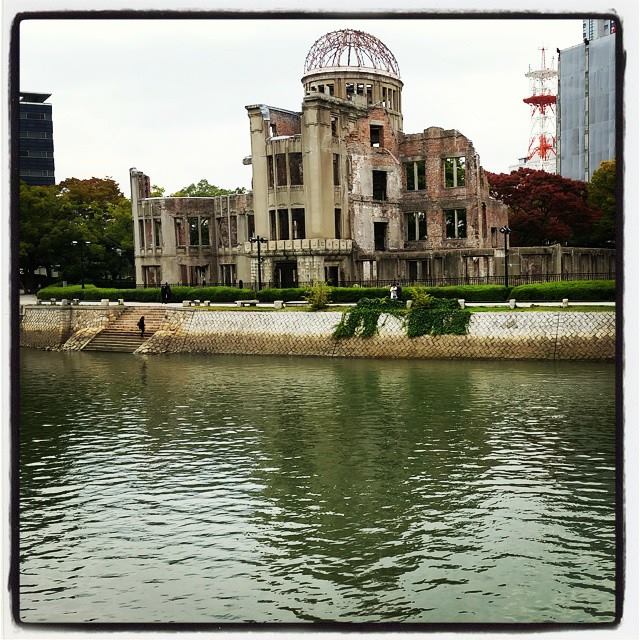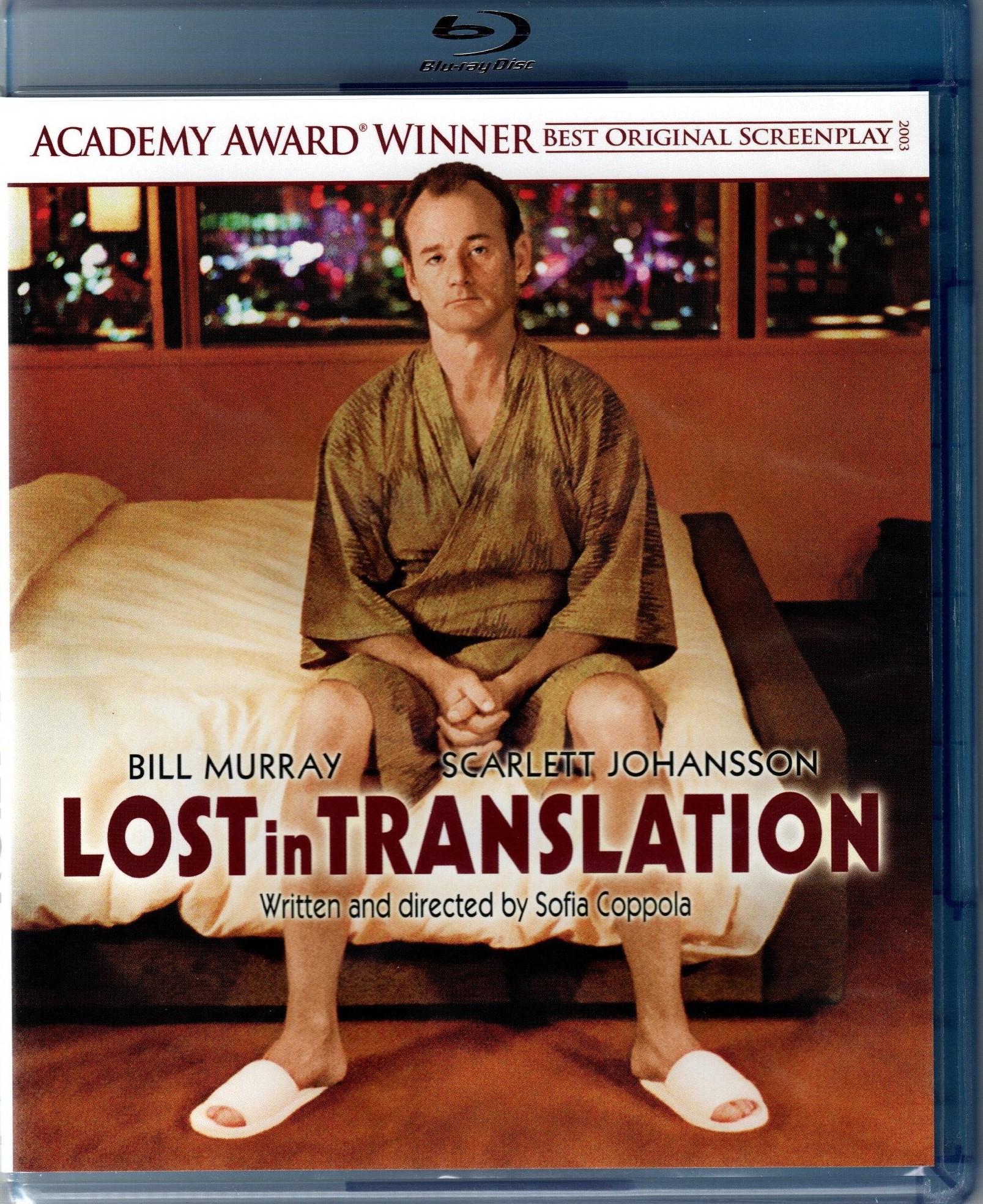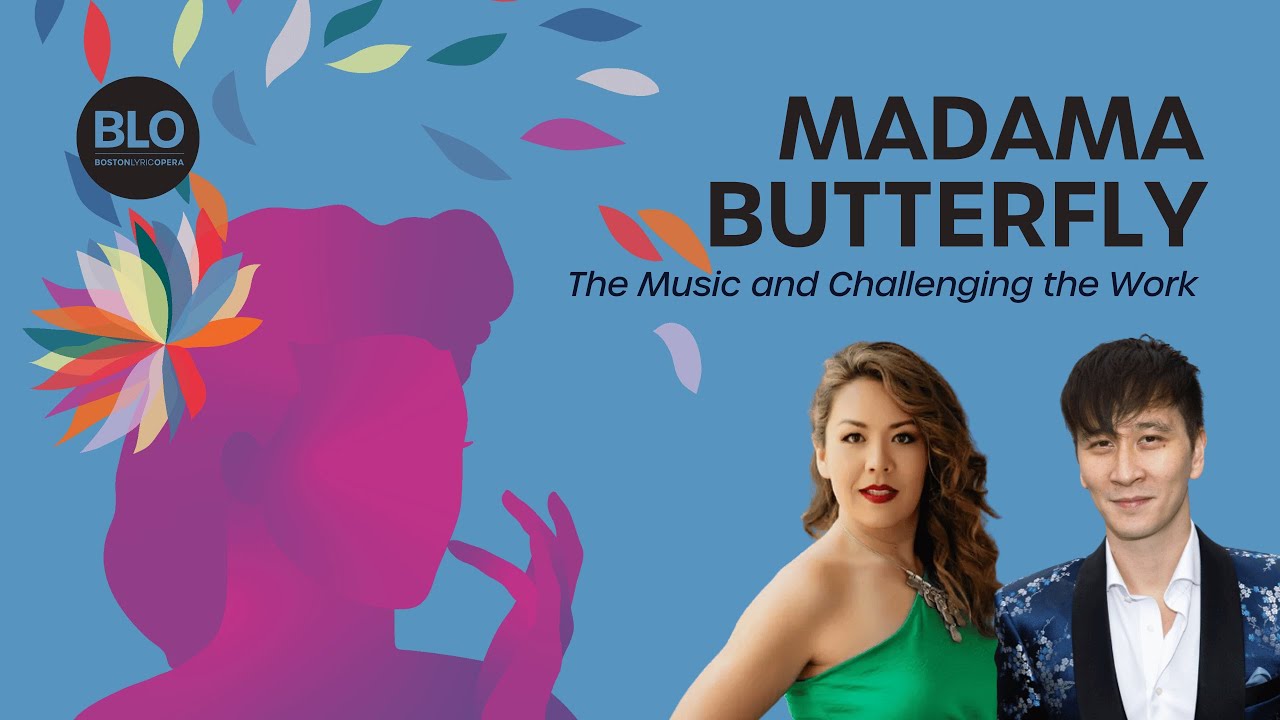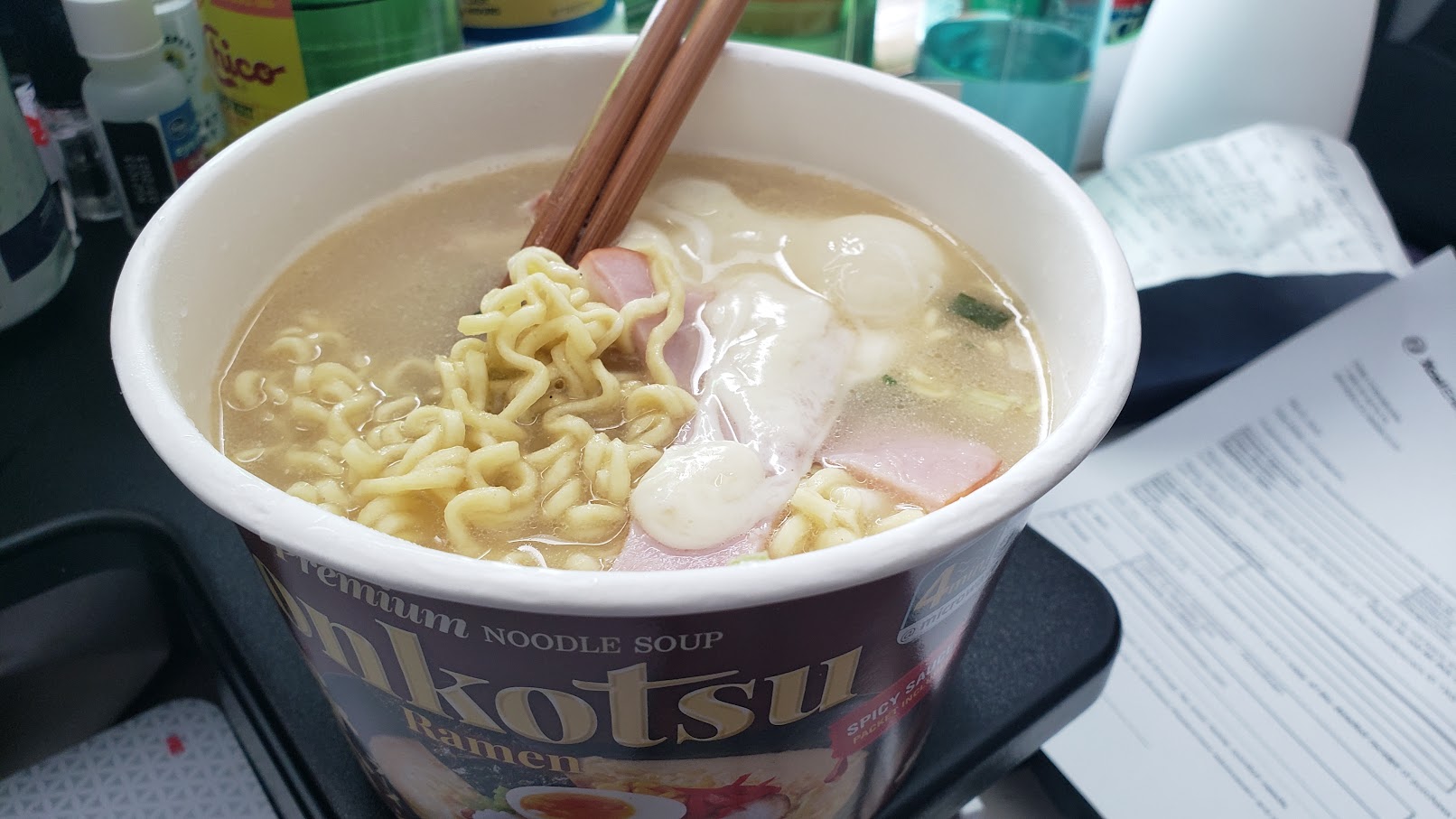March 17, 2009
“The Japanese example” is not suicide
 The furor over bonuses given by AIG to employees after taking more than $170 billion in bailout money from the U.S. government is made all the more furious because of the sheer breathtaking scale of the cash flow. AIG paid 73 staffers more than $1 million, with one getting $6.4 and seven more getting $4.
Those amounts seem so out of kilter with the state of the economy, and the fact that just months ago, the giant company was about to crash without a hand up from the government -- from us -- that it's not surprising that citizens as well as lawmakers are screaming bloody murder.
But one lawmaker is screaming bloody suicide.
The Washington Post (among other media) reported that Sen. Charles Grassley (R-Iowa) wanted AIG execs to commit hara kiri, or seppuku -- the traditional Japanese ritual suicide often depicted as an honorable course of action from samurai times.
The furor over bonuses given by AIG to employees after taking more than $170 billion in bailout money from the U.S. government is made all the more furious because of the sheer breathtaking scale of the cash flow. AIG paid 73 staffers more than $1 million, with one getting $6.4 and seven more getting $4.
Those amounts seem so out of kilter with the state of the economy, and the fact that just months ago, the giant company was about to crash without a hand up from the government -- from us -- that it's not surprising that citizens as well as lawmakers are screaming bloody murder.
But one lawmaker is screaming bloody suicide.
The Washington Post (among other media) reported that Sen. Charles Grassley (R-Iowa) wanted AIG execs to commit hara kiri, or seppuku -- the traditional Japanese ritual suicide often depicted as an honorable course of action from samurai times.
Sen. Charles Grassley suggested in an Iowa City radio interview on Monday that AIG executives should take a Japanese approach toward accepting responsibility by resigning or killing themselves. "Obviously, maybe they ought to be removed," the Iowa Republican said. "But I would suggest the first thing that would make me feel a little bit better toward them if they'd follow the Japanese example and come before the American people and take that deep bow and say, I'm sorry, and then either do one of two things: resign or go commit suicide." Grassley spokesman Casey Mills said the senator wasn't calling for AIG executives to kill themselves, but said those who accept tax dollars and spend them on travel and bonuses do so irresponsibly.When I first heard about this, my jaw clenched but I let it pass. Seppuku was a historical reality for centuries, after all, and it's depicted in lots of Japanese pop culture, including movies and books. It's been documented as a reflection of one of Japan's driving cultural values, shame.









 We drove an hour north from our house last night, to dine in Hawai'i.
Well, not exactly Hawai'i, but an outpost of Hawai'i, in the most unlikely place: On a quiet Main Street corner in Windsor, a typical small, old-fashioned mid-western town on the plains of northern Colorado. Definitely not a tropical paradise, although inside the clean modern restaurant, you might as well be along Oahu's North Shore, or somewhere in Kauai.
But
We drove an hour north from our house last night, to dine in Hawai'i.
Well, not exactly Hawai'i, but an outpost of Hawai'i, in the most unlikely place: On a quiet Main Street corner in Windsor, a typical small, old-fashioned mid-western town on the plains of northern Colorado. Definitely not a tropical paradise, although inside the clean modern restaurant, you might as well be along Oahu's North Shore, or somewhere in Kauai.
But  We all live our lives way too fast. We rush to work, work at a fast clip, rush home and barely get a chance to chill out before, as a wimpy '70s singer-songwriter once crooned, "we get up and do it again."
So the
We all live our lives way too fast. We rush to work, work at a fast clip, rush home and barely get a chance to chill out before, as a wimpy '70s singer-songwriter once crooned, "we get up and do it again."
So the  From
From  On the eve of its release today in India, the British independent film "
On the eve of its release today in India, the British independent film " Jamal's devotion to Latika, even though they're repeatedly separated, sometimes for years, and his dedication to finding her again, is the film's narrative thread.
But "Slumdog"'s visual leitmotif is the chaotic and tragic backdrop of modern Indian life. The story follows the characters from childhood through their teen years and into adulthood, in and out of the utter poverty that pervades the teeming slums. It's structured as a series of flashbacks with Jamal, who's been arrested for suspicion of cheating after winning 10 million rupees on India's version of "Who Wants to Be a Millionaire," explaining to a detective how he came to know all the answers he was asked on the show.
His life experiences coincidentally gave him the knowledge and prepared him to reach the next day's final question, for a possible payoff of 20 million rupees.
Almost immediately, viewers are taken on a breathless tour of the shantytown as a group of kids are chased by police, the camera moving as if the audience is one of the fleeing kids, looking for the next escape route. Then the view shifts to the cops' perspective, or others in the alleys, even a sleeping dog who's not the slightest bit fazed by all the commotion. The colors, the clatter and closed-in settings convey claustrophia ... and incredible excitement.
The movie opens up visually and feels pastoral only when the brothers get out of town atop a train and live like hobos, then spend some time scamming tourists at the Taj Mahal, and in one striking scene where the grownup Jamal meets up with his brother Salim (played by Madhur Mittal), now a low-level gangster, in a skyscraper construction site high above where their shantytown had been located.
Modern Mumbai's financial wealth has paved over the poverty and pushed the poor elsewhere.
Jamal's devotion to Latika, even though they're repeatedly separated, sometimes for years, and his dedication to finding her again, is the film's narrative thread.
But "Slumdog"'s visual leitmotif is the chaotic and tragic backdrop of modern Indian life. The story follows the characters from childhood through their teen years and into adulthood, in and out of the utter poverty that pervades the teeming slums. It's structured as a series of flashbacks with Jamal, who's been arrested for suspicion of cheating after winning 10 million rupees on India's version of "Who Wants to Be a Millionaire," explaining to a detective how he came to know all the answers he was asked on the show.
His life experiences coincidentally gave him the knowledge and prepared him to reach the next day's final question, for a possible payoff of 20 million rupees.
Almost immediately, viewers are taken on a breathless tour of the shantytown as a group of kids are chased by police, the camera moving as if the audience is one of the fleeing kids, looking for the next escape route. Then the view shifts to the cops' perspective, or others in the alleys, even a sleeping dog who's not the slightest bit fazed by all the commotion. The colors, the clatter and closed-in settings convey claustrophia ... and incredible excitement.
The movie opens up visually and feels pastoral only when the brothers get out of town atop a train and live like hobos, then spend some time scamming tourists at the Taj Mahal, and in one striking scene where the grownup Jamal meets up with his brother Salim (played by Madhur Mittal), now a low-level gangster, in a skyscraper construction site high above where their shantytown had been located.
Modern Mumbai's financial wealth has paved over the poverty and pushed the poor elsewhere.
